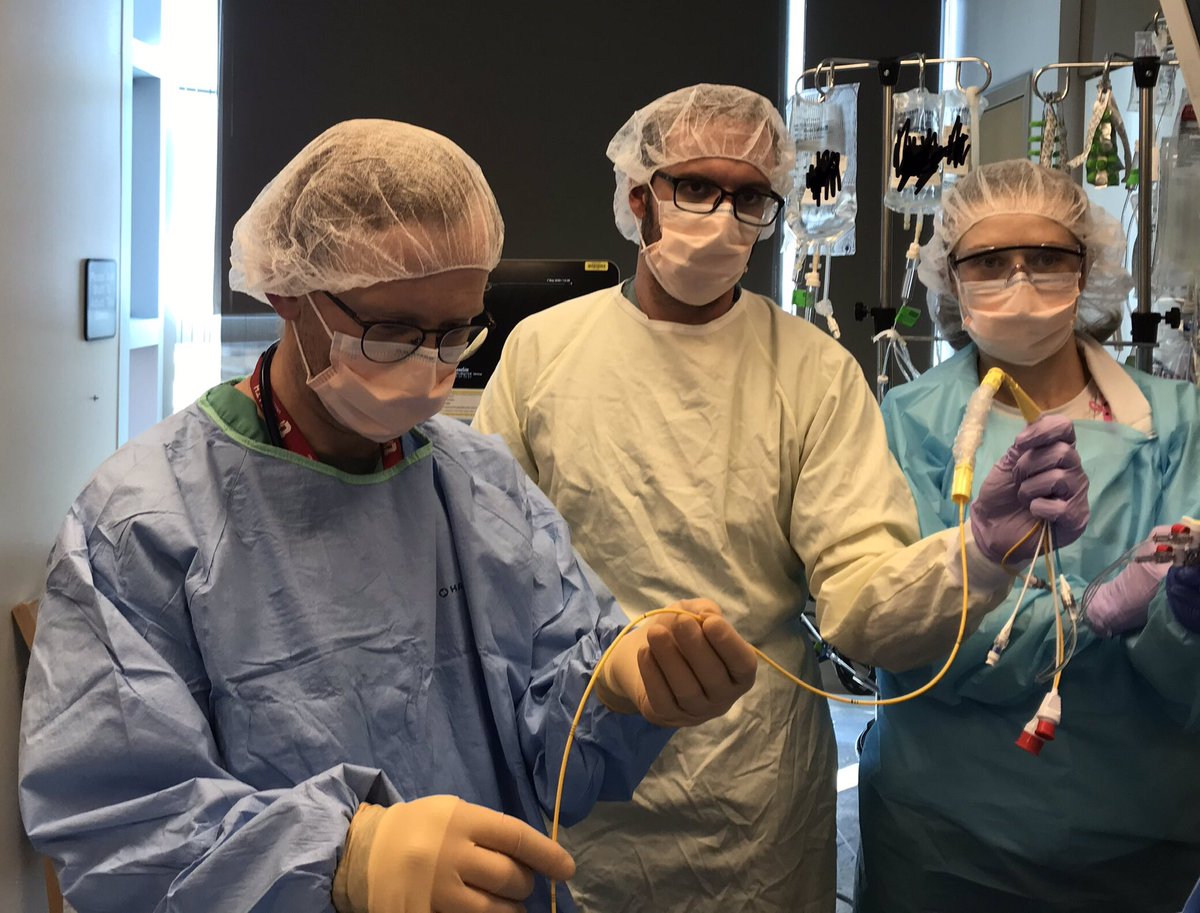
This 30ish woman of mean height has a recurrent right spontaneous #PTX 18 months after the first. She has a history of thoracic pain receiving spinal steroid injections; o/w healthy. The best way to get the #diagnosis is (poll next) 

The best way to get the diagnosis is:
Both #PTX were associated with menses, so by definition they're #catamenial; it does not necessarily follow that they're associated with #thoracicendometriosis #endometriosis; and indeed #VATS did not show demonstrable endometriosis (sensitivity unknown).
Spontaneous PTX in women is rare, with a reported incidence of about 1/100,000 person-years. By our operationalized definition of common vs rare diseases for the purposes of diagnosis, it's rare (single digit incidence per 100,000 PY): see onlinelibrary.wiley.com/doi/abs/10.111… @CallahanPulm
About 3-6% of #spontaneouspneumothorax in women are d/t #thoracicendometriosis, making it extremely rare to encounter it, out of the blue (1/100,000*0.03=.03/100,000, way below single digits, and more rare than #pheochromocytoma). Almost nobody will ever encounter one, right?
The key is that, *given spontaneous PTX in a woman of reproductive age* #thoracicentometriosis and #catamenialpneumothorax are not rare at all, and if you're seeing a patient with #spontaneousPTX, a substantial minority will have it. It's the #conditionalprobability that counts
Indeed, if the PTX is catamenial, meaning occurring within 72 hours of the onset of menses, the majority of the PTX are due to #thoracicendometriosis according to some series. So the odds were that this is thoracic endometriosis; negative VATS reduces that, but not to zero
(Note however the role of chance in assigning a PTX as catamenial: 3 days after the onset of menses means that 3/30 or 10% of PTX will occur within that window each month *by chance alone*)
This is all similar to #antisynthetasesyndrome associated #interstitiallungdisease #ILD which is very rare overall. However, even if it's only 1% of ILD, and you condition on the presence of ILD, that's 1000/100,000 ILD patients per year...
Conditioned on the presence of ILD, #antisynthetase ILD is as common as #pandemic #COVID in the general population. This exercise shows that we have to be very careful with numeric estimates of diseases and attend to #incidence & #prevalence and #contitionalprobability #numeracy
You are unlikely to ever see a case of #thoracicendometriosis; however, if you see many #spontaneousPTX in women (as #pulmonologists may), odds are that a handful are catamenial, and among those a whole bunch of them are going to be #endometriosis
• • •
Missing some Tweet in this thread? You can try to
force a refresh





